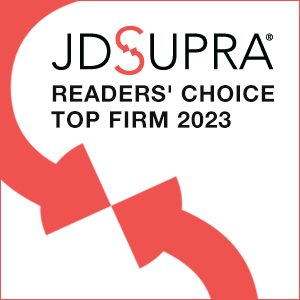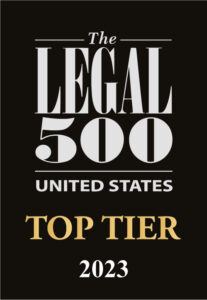On January 6, 2017, the US Court of Appeals for the Fourth Circuit, by published opinion, affirmed the US Tax Court’s (Tax Court) earlier ruling in QinetiQ US Holdings, Inc. v. Commissioner. We previously wrote about the case here, here, and here. To refresh, the taxpayer had argued in Tax Court that the Notice of Deficiency issued by the Internal Revenue Service (IRS), which contained a one-sentence reason for the deficiency determination, violated the Administrative Procedure Act (APA) because it was “arbitrary, capricious, an abuse of discretion, or otherwise not in accordance with law.” The APA provides a general rule that a reviewing court that is subject to the APA must hold unlawful and set aside an agency action unwarranted by the facts to the extent the facts are subject to trial de novo by the reviewing court. The Tax Court disagreed, emphasizing that it was well settled that the court is not subject to the APA and holding that the Notice of Deficiency adequately notified the taxpayer that a deficiency had been determined under relevant case law. The taxpayer appealed to the Fourth Circuit.
In an opinion written by Circuit Judge Barbara Keenan, the court concluded that the IRS complied with all applicable procedural requirements. The court reasoned that the Internal Revenue Code (Code) provided a unique system for judicial review that should govern the content requirements for a Notice of Deficiency. Per the court, it “is that specific body of law, rather than the more general provisions for judicial review authorized by the APA, that governs the content requirements of a Notice of Deficiency.” The court cited a Fourth Circuit opinion from 1959, in which it held that the Code’s provisions for de novo review are incompatible with limited judicial review of final agency actions allowed under the APA.
The court held that the APA’s requirement of a reasoned explanation in support of a “final” agency action does not apply to a Notice of Deficiency issued by the IRS. A Notice of Deficiency, the Court reasoned, cannot be a “final” agency action within the meaning of the APA, because the agency action is not one “by which rights or obligations have been determined, or from which legal consequences will flow.” After issuing a Notice of Deficiency, the IRS may later assert in Tax Court new theories and allege additional deficiencies. Moreover, a taxpayer may also raise new matters in Tax Court. In addition, the court cited to the Supreme Court’s 1988 opinion in Bowen v. Massachusetts, emphasizing that Congress did not intend for the APA “to duplicate the previously established special statutory procedures relating to specific agencies.”
The court also held that the Notice of Deficiency issued to QinetiQ satisfied the requirement of Code section 7522(a), which requires that the IRS “describe [in the Notice] the basis for, and identify the amounts (if any) of, the tax due, interest, additional amounts, additions [...]
Continue Reading
read more

 Subscribe
Subscribe




